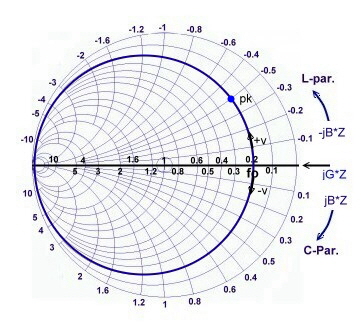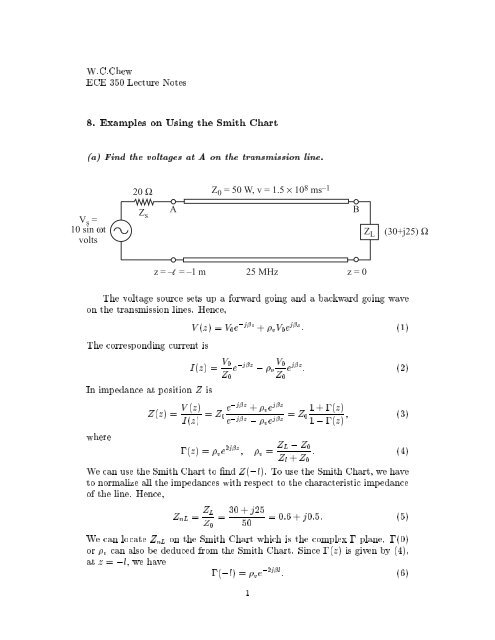

The precise formulation is provided below: To show Mag/Angle for a z data in Data Reader, click More button in the Preferences dialog and choose : Magnitude or : Angle to show them in the Data Reader.I am asked to find the impedance of an unknown load.Smith Charts can be used to increase understanding of transmission lines and how they behave from an impedance viewpoint.

Smith Chart: The Smith Chart is a fantastic tool for visualizing the impedance of a transmission line and antenna system as a function of frequency. The business entity formerly known as 'HP EEsof' is now part of Agilent Technologies and is known as 'Agilent EEsof'. SMITH CHART, SOLUTIONS OF PROBLEMS USING SMITH CHART.

The easiest way to verify that the calibration procedure has been done correctly is by utilizing a Smith chart menu on a network analyzer. Network analyzer measurements require the calibration procedure which utilizes a calibration kit, consisting of a short, open, and a 50 load attachment. The data is then re-plotted.Ĭlick this button to reverse the real part axis of the Smith Chart. Smith Chart Basics: Network Analyzer Calibration. The Reinterpret Data as Mag / Angle ButtonĬlick this button to treat the active data plot as the Mag / Angle format, and convert the data into R / X format. (Note: R = real part, X = imaginary part)Ĭlick this button to convert the active data plot into the Mag / Angle format and put the data in the source worksheet.
USING A SMITH CHART UPDATE
To update the Smith Chart tool with this change, click the Update button on the tool.

You can change the active data plot in the Smith Chart from the Data menu or by selecting the data plot icon in the legend. If you have plotted multiple data sets into the Smith Chart, the Convert Data to Mag / Angle and the Reinterpret Data as Mag / Angle buttons act on the active data plot. Click Normalize to perform the normalization. S11 or S22), into the corresponding R+jX impedance or G+jB admittance. A Smith Chart is an overlay that, when placed upon the Reflection Coefficient Unit Circle, maps a Reflection Coefficient value (as would be measured with a Vector Network Analyzer, i.e. Re-normalize the current Smith Chart by entering or selecting a factor, from the Factor combo box. This is the second reason for using a Smith Chart (and possibly the most important reason). Additionally, click the button to open the Smith Chart tool. To customize the Smith Chart, edit the Plot Details and Axes dialog boxes.


 0 kommentar(er)
0 kommentar(er)
